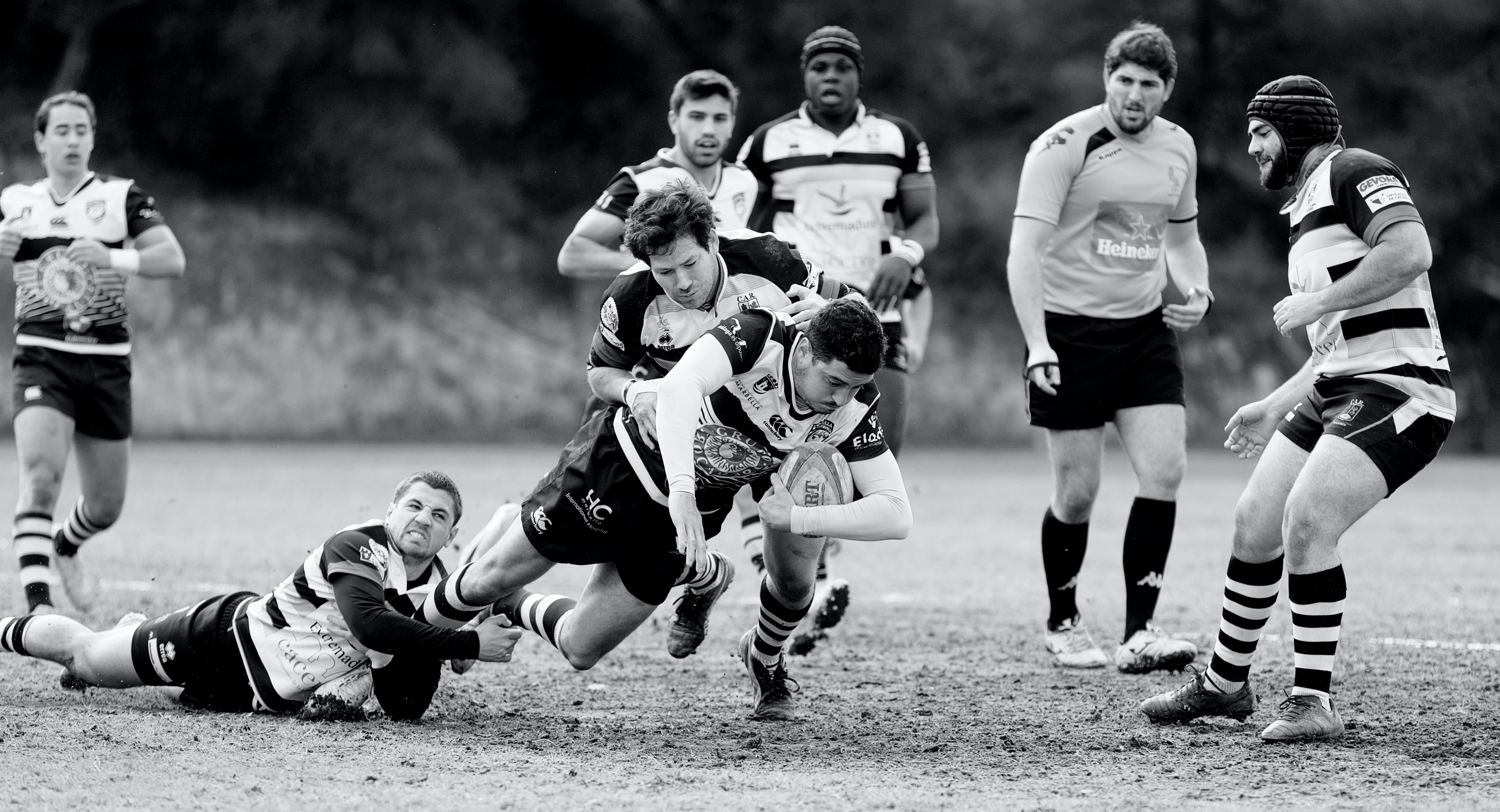In recent years it has become popular in Rugby with the help of a wrestling coach or judo coach in pre-season with the idea of using grabbing techniques to improve fitness and perseverance and get ticks into rugby, I’m not saying it’s a bad thing and it’s not effective either, but I think it’s a better way It’s adapted more to what players actually do in the sport, go in with combat conditioning.
Combat Conditioning is not a martial arts, although some techniques are borrowed or adapted from martial arts or martial arts to form various techniques and exercises and movements to improve the physical and mental performance of the athlete.
What is Combat Conditioning?
Craig White introduced me to Combat Conditioning more than 8 years ago when I was working in the English Rugby Super League, known for big hits and multiple high-speed collisions, I immediately confessed that I used Combat air conditioning efficiently, efficiently and safely to improve the team’s on-field performance in a time-efficient and management mansion and gave huge positive results. Later in my career at Rugby Union, XV and 7, I am very interested, mainly in my ability to use these skills, which I believe led to my success in improving on-field performances with teams such as Georgia Rugby Union, known for their physical ability on the pitch.
A progressive match is often the forgotten missing link in many rugby programmes, but match situations are a big part of rugby.
Impact: king of fatigue.
Rugby union can have more than 250 contact situations per game, not just with another person or touch the floor, just consider Ruck, mauls scrums, tackle tackles, even score tries! The goal of these situations is always to achieve the most successful result for yourself and your team. Therefore, the ability and skills to control your opponent by understanding the positions in which you are strong, and effective production and manipulation of movement and energy affect the outcome of the fighting situation and the outcome of the game or even the game.
Uses a different energy system that imposes greater demands on the body. The greatest effort is always directed at each collision and impact, during exhaustion
The maximum speed is almost always used during exhaustion. Maximum muscle recruitment is achieved with all effects. Every collision is a terrible match for the ball (Rugby Union). The fear factor increases the demand for mental and physiological systems in the body. The heart rate is higher during combat work than in isolated running. Teams that dominate the division often win a match (Rugby Union). The teams that dominate scrum often win a match (Rugby Union). Teams that dominate the distribution line often win a match (Rugby League). Rugby League can have more than 50 clashes per player. Rugby union can have more than 70 collisions per player.



